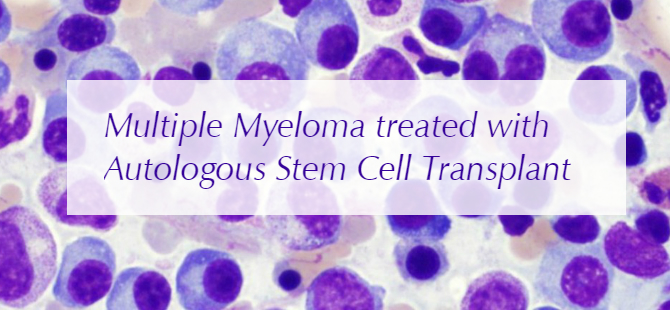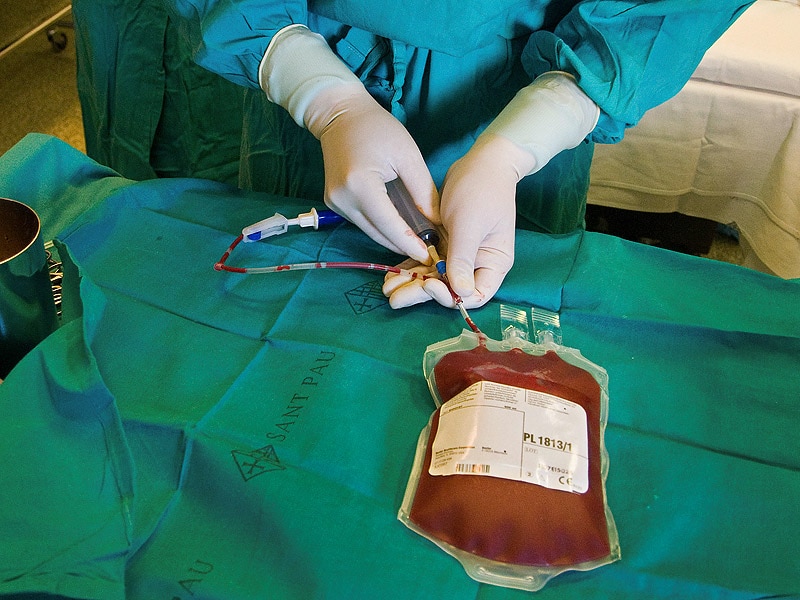

The large size of the IgM molecule restricts it mainly to the intra-vascular space such that it can be rapidly removed with plasmapheresis resulting in prompt alleviation of symptoms. For the hyper-viscosity syndrome, the only effective treatment is the removal of IgM from the circulation via plasmapheresis. The specific regimen chosen depends upon patient characteristics and tumor burden. Treatment preferences are usually based on age, the severity of symptoms, eligibility for ASCT, presence of co-morbidities, and patient preferences. The main objectives of treatment of WM are 2-fold : New drugs such as bortezomib, lenalidomide, humanized monoclonal antibody anti-CD20 or anti-CD22 are tested in relapse and front-line patterns, with encouraging results. High-dose chemotherapy with autologous stem cell transplantation (ASCT) is useful in relapsed/refractory patients. While maintenance therapy has been incorporated into the management of other indolent forms of non-Hodgkin lymphoma principally based upon its ability to prolong time to progression in these subtypes, there are limited data regarding the use of maintenance therapy in WM and no randomized trials. On the other hand, in symptomatic patients that require treatment, chemo-immunotherapy with rituximab in association with chlorambucil cyclophosphamide, vincristine and prednisolone (CVP) cyclophosphamide, doxorubicin, vincristine and prednisolone (CHOP) fludarabine-containing regimens or bendamustine is recommended. In asymptomatic patients with low tumor burden, watchful waiting is appropriate. The gold standard treatment for WM at diagnosis is still unknown. Although the diagnosis is established by measuring serum viscosity, clinicians should render the decision to initiate treatment with plasmapheresis on the basis of the patient's symptoms and physical findings (e.g., blurred vision, dizziness, headaches, paresthesias, oro-nasal bleeding, papilledema, retinal vein engorgement and flame-shaped hemorrhages, as well as stupor and coma), rather than on the magnitude of the viscosity measurement (Bachanova and Burns, 2012 Rajkumar, 2012). The hyper-viscosity syndrome associated with WM is a clinical emergency due to elevated levels of IgM resulting in decreased flow and impaired microcirculation of the central nervous system. Risk-stratification in newly diagnosed patients should start with a prognostic evaluation based on the International Prognostic Scoring System for WM to identify those patients in whom particularly poor survival with chemotherapy is expected and in whom alternative treatment strategies, such as hematopoietic cell transplantation (HCT), should be considered. Although the disease is sensitive to chemo-immunotherapy, it remains incurable and affected patients have a median survival of 5 to 10 years.

The median age of WM patients at presentation is 63 to 68 years with men comprising 55 to 70 % of cases. It accounts for 1 to 2 % of hematologic malignancies, with an estimated 1,500 new cases annually in the United States. Waldenstrom macroglobulinemia (WM) is a distinct indolent B-cell lympho-proliferative malignancy characterized by IgM para-proteinemia. All rights reserved.Aetna considers autologous hematopoietic cell transplantation medically necessary as salvage treatment for chemo-sensitive Waldenstrom macroglobulinemia.Īetna considers allogeneic hematopoietic cell transplantation experimental and investigational for the treatment of Waldenstrom macroglobulinemia because its effectiveness for this indication has not been established. Finally, our current approach to ES is included along with a proposed treatment algorithm for the management of this complication.Īutologous graft-versus-host disease Engraftment syndrome Lymphoma Multiple myeloma POEMS.Ĭopyright © 2015 American Society for Blood and Marrow Transplantation. Furthermore, we discuss the proposed risk factors, etiology, and clinical relevance of ES.

Here, we present a comprehensive review of ES in all documented disease settings. Given its pleiotropic clinical presentation, the transplant field has struggled to clearly define ES and related syndromes.
#AUTOLOGOUS STEM CELL TRANSPLANT ICD 10 SKIN#
ES may include noninfectious fever, skin rash, diarrhea, hepatic dysfunction, renal dysfunction, transient encephalopathy, and capillary leak features, such as noncardiogenic pulmonary infiltrates, hypoxia, and weight gain with no alternative etiologic basis other than engraftment. Engraftment syndrome (ES) encompasses a continuum of periengraftment complications after autologous hematopoietic stem cell transplantation.


 0 kommentar(er)
0 kommentar(er)
